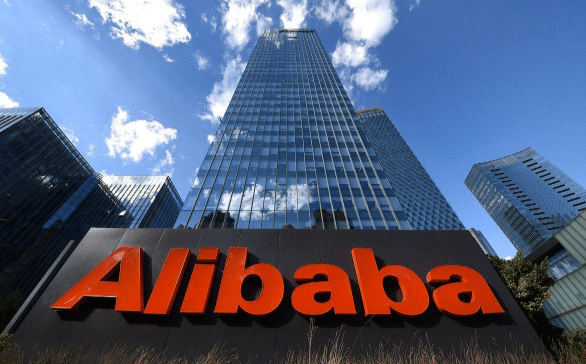The GDP rankings for China’s Top 60 cities in the first half of 2025 have been released, sparking widespread attention. Chengdu has pulled far ahead of Nanjing with nearly a 300 billion RMB GDP lead, Hefei secured the 20th position, while Shaoxing surged into the 34th spot.

Chengdu: The Rising Leader of Southwest China
Chengdu, the capital of Sichuan Province, lies at the heart of the Chengdu Plain. It serves as the political, economic, and cultural hub of Southwest China and a vital transportation gateway connecting the Southwest, Northwest, and Central China.
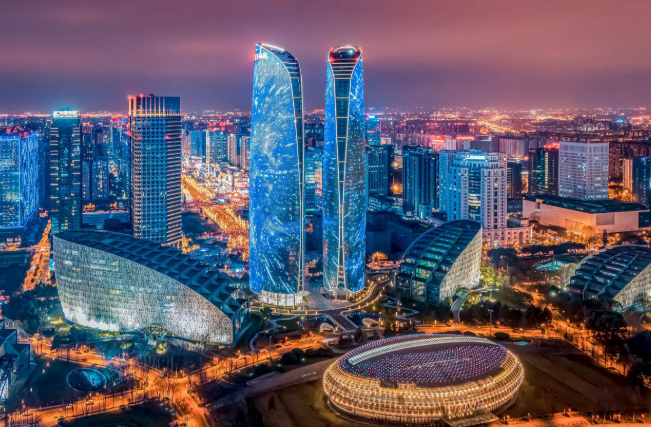
In the first half of 2025, Chengdu’s GDP reached 1.21 trillion RMB, ranking 7th nationwide, while Nanjing’s GDP was 917.9 billion RMB, ranking 10th. Chengdu is not only three places ahead of Nanjing but also has nearly a 300 billion RMB advantage, highlighting its growing dominance in the region.
Chengdu boasts a dual-airport system—Shuangliu and Tianfu International Airports—both ranking among China’s busiest. The city’s high-speed rail links, including the Xi’an-Chengdu and Chengdu-Chongqing lines, form the “Southwest One-Hour Economic Circle.” With an expansive metro system exceeding 500 km, urban commuting is faster by subway than by car.
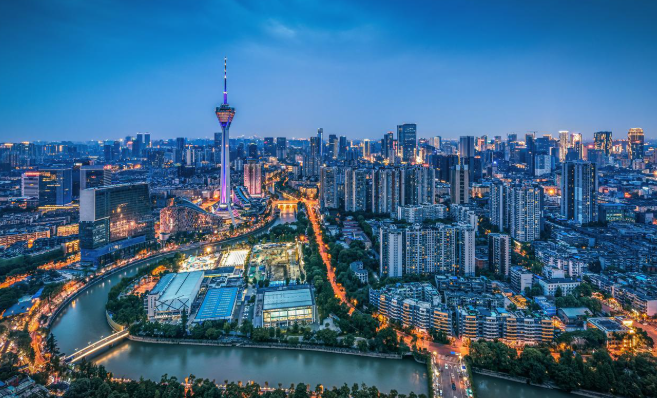
The city’s educational resources are unmatched in the region, with Sichuan University, University of Electronic Science and Technology of China, and Southwest Jiaotong University supplying top-tier talent across disciplines from semiconductors to rail transit.
Cultural landmarks such as Dujiangyan Irrigation System, Mount Qingcheng, Wuhou Shrine, and Du Fu Thatched Cottage add to Chengdu’s rich cultural heritage.
Nanjing: A Historical Hub in the Yangtze River Delta
Nanjing, the capital of Jiangsu Province, is a key city in the Yangtze River Delta and has long been recognized as the “Ancient Capital of Six Dynasties.”

With a GDP of 917.9 billion RMB in the first half of 2025, it ranks 10th nationwide, though the gap with Chengdu continues to widen.
Its transportation advantage remains significant. Lukou International Airport connects globally, while the Beijing-Shanghai and Nanjing-Hangzhou High-Speed Rail lines allow residents to reach Shanghai in just over an hour. Nanjing’s metro network exceeds 400 km, covering nearly all key districts.
Nanjing’s educational strength is also a highlight: Nanjing University, Southeast University, and Nanjing University of Aeronautics and Astronautics are among China’s top universities.
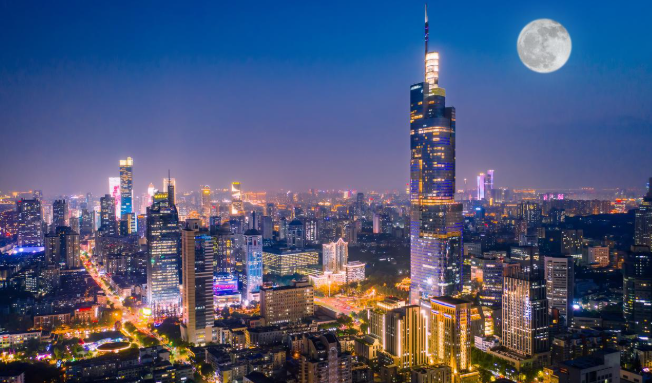
The city’s cultural and historical landmarks—including Sun Yat-sen Mausoleum, Ming Xiaoling Mausoleum, and Qinhuai River—further enrich its identity.
Hefei: The Emerging Powerhouse of the Yangtze River Delta
Hefei, capital of Anhui Province, has rapidly risen as a sub-center of the Yangtze River Delta. With a GDP of 651.5 billion RMB, it now ranks 20th nationwide.
Hefei’s transportation network is highly developed, with Xinqiao International Airport and dense high-speed rail connections linking Beijing, Shanghai, and Fuzhou. Its metro system exceeds 300 km, supporting efficient urban mobility.
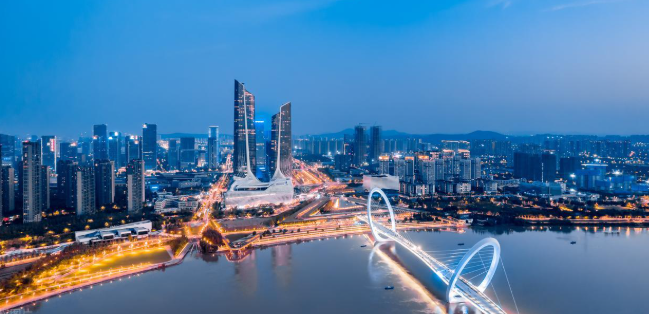
Education is Hefei’s strength: University of Science and Technology of China (USTC) leads in quantum science and global research, while Hefei University of Technology excels in engineering, and Anhui University anchors local academic development.
Cultural attractions include Sanhe Ancient Town, Chaohu Lake, Bao Gong Temple, and Li Hongzhang’s Former Residence, each highlighting Hefei’s deep cultural roots.
Shaoxing: A Rising Star in the Top 60
Shaoxing, a prefecture-level city in Zhejiang Province, has surged into the 34th place nationwide with a GDP of 415.8 billion RMB in the first half of 2025. Known as the hometown of Lu Xun, it is both historically and economically significant.
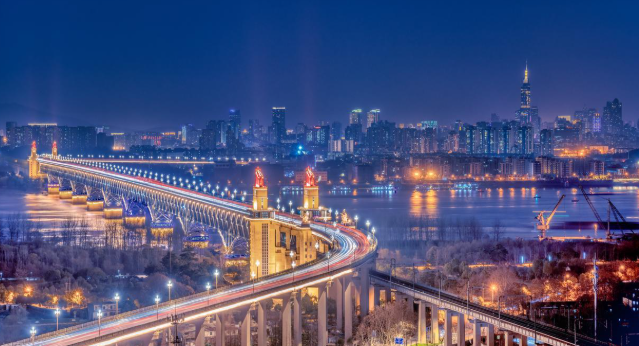
Shaoxing enjoys excellent connectivity, with Hangzhou-Shaoxing-Taizhou High-Speed Rail and Shanghai-Kunming High-Speed Rail providing links to major cities. Although it lacks its own airport, it is just 50 km from Hangzhou Xiaoshan International Airport.
Its educational base is growing, led by Shaoxing University and Zhejiang University of Technology Zhijiang College.
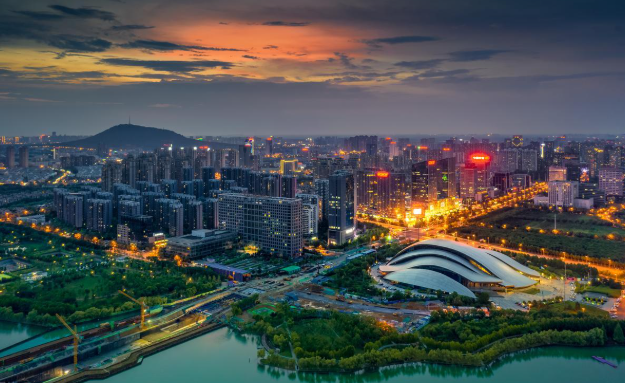
Tourism remains one of Shaoxing’s strongest assets, with attractions such as Lu Xun’s Former Residence, Baicao Garden, Sanwei Study Room, and Shen Garden, which carries the poignant love story of poet Lu You.
Conclusion
Each of these cities highlights a unique development path:
- Chengdu consolidates its role as a Southwest hub with fast economic growth.
- Nanjing remains a historical and educational powerhouse in the Yangtze River Delta.
- Hefei emerges as a tech-driven rising star.
- Shaoxing leverages culture and resilience to secure its place in the Top 60.
These shifts demonstrate China’s diverse regional development strategies, as cities leverage distinct strengths to climb the national rankings.
References
- National Bureau of Statistics of China, 2025 H1 GDP Data
- Provincial Statistical Yearbooks (Sichuan, Jiangsu, Anhui, Zhejiang)
- China Economic Review Reports, 2025


